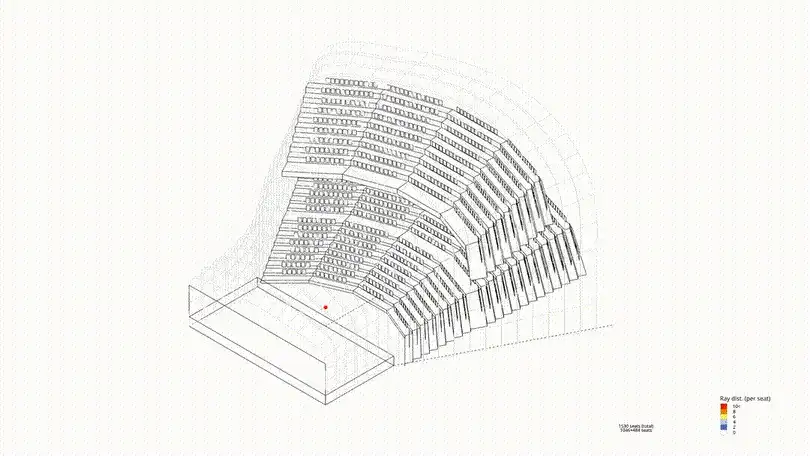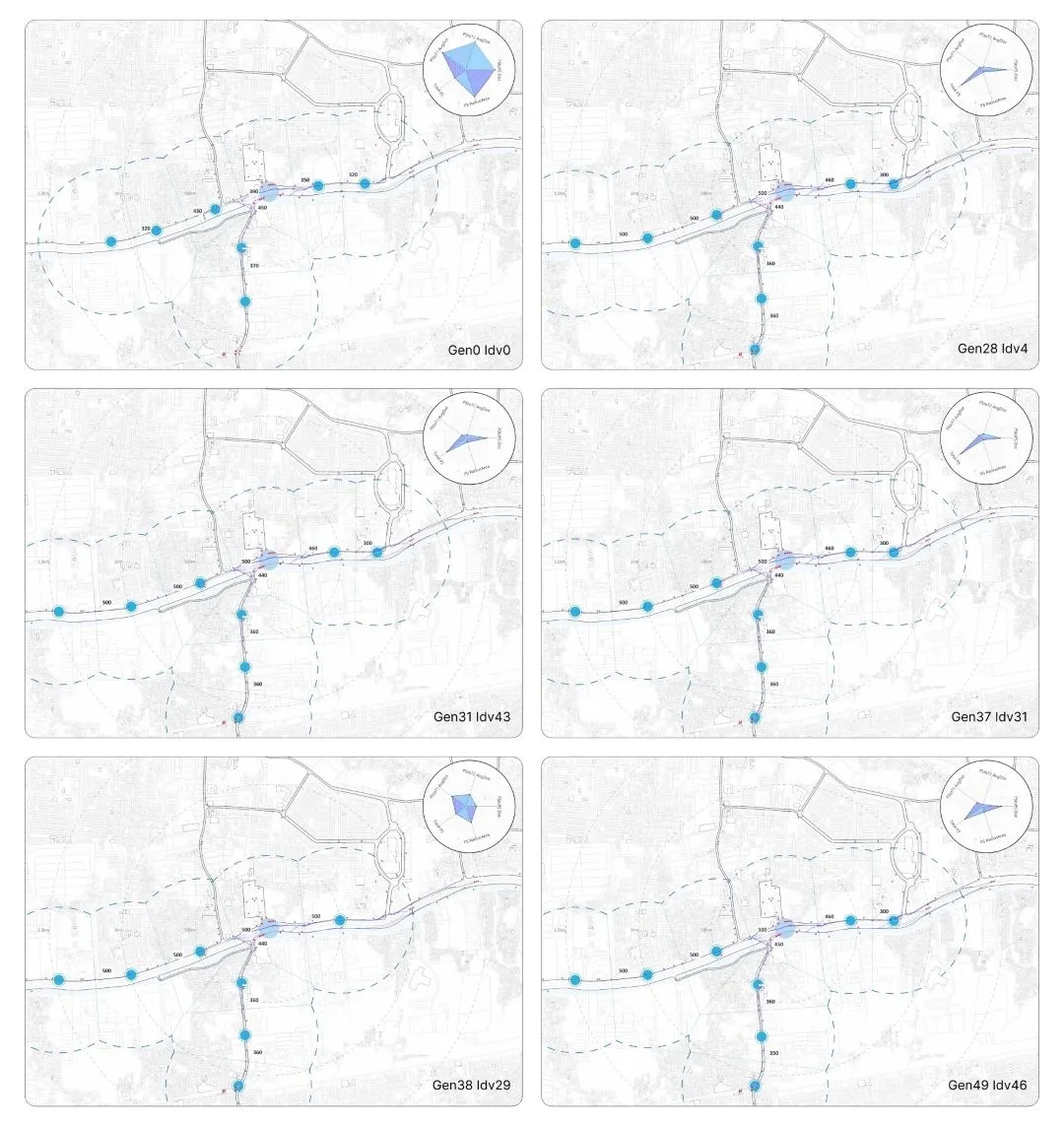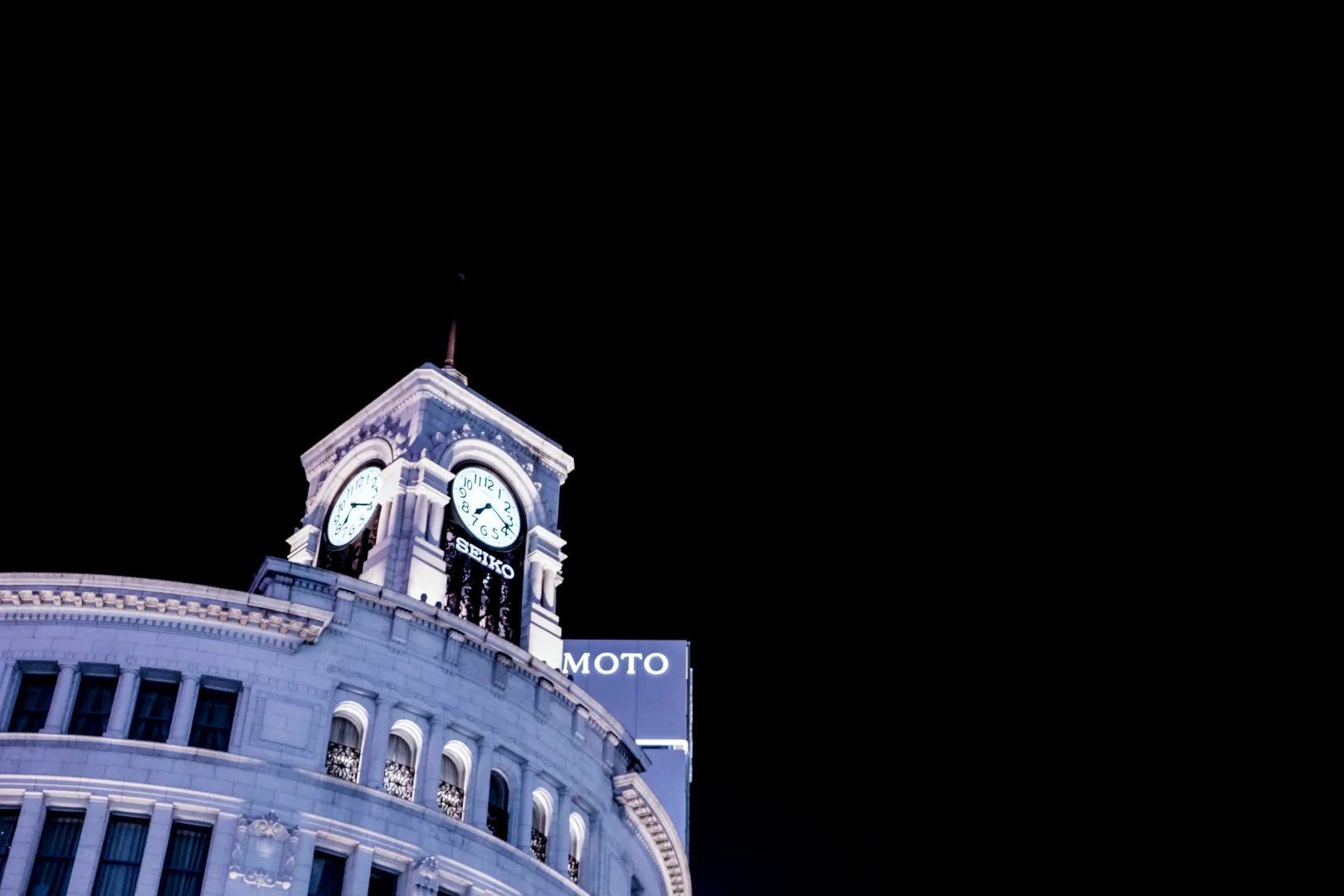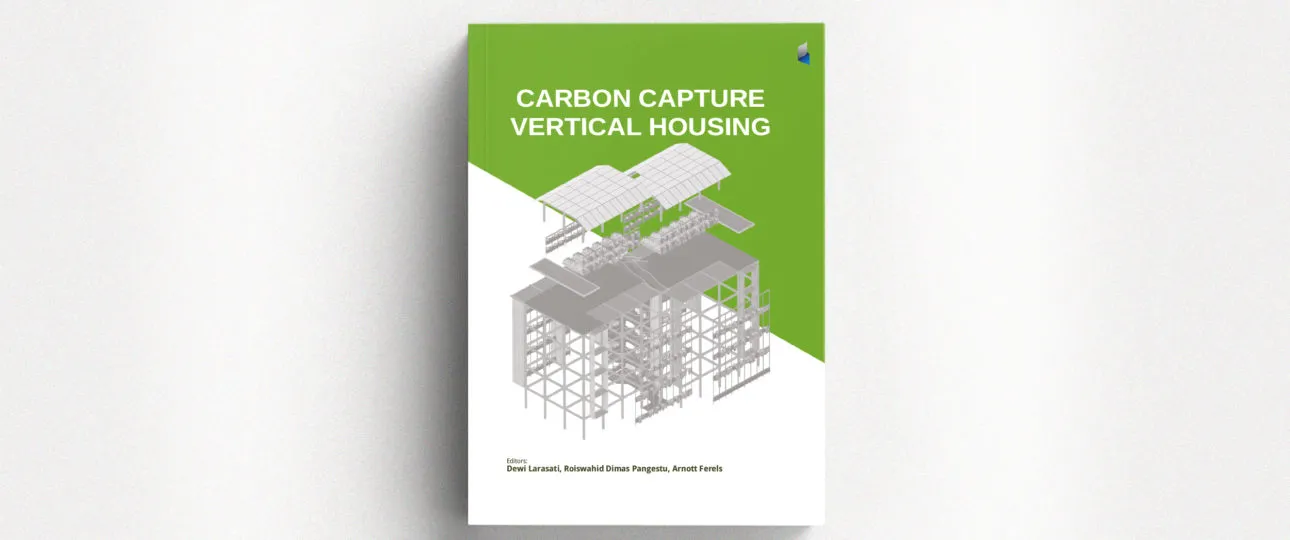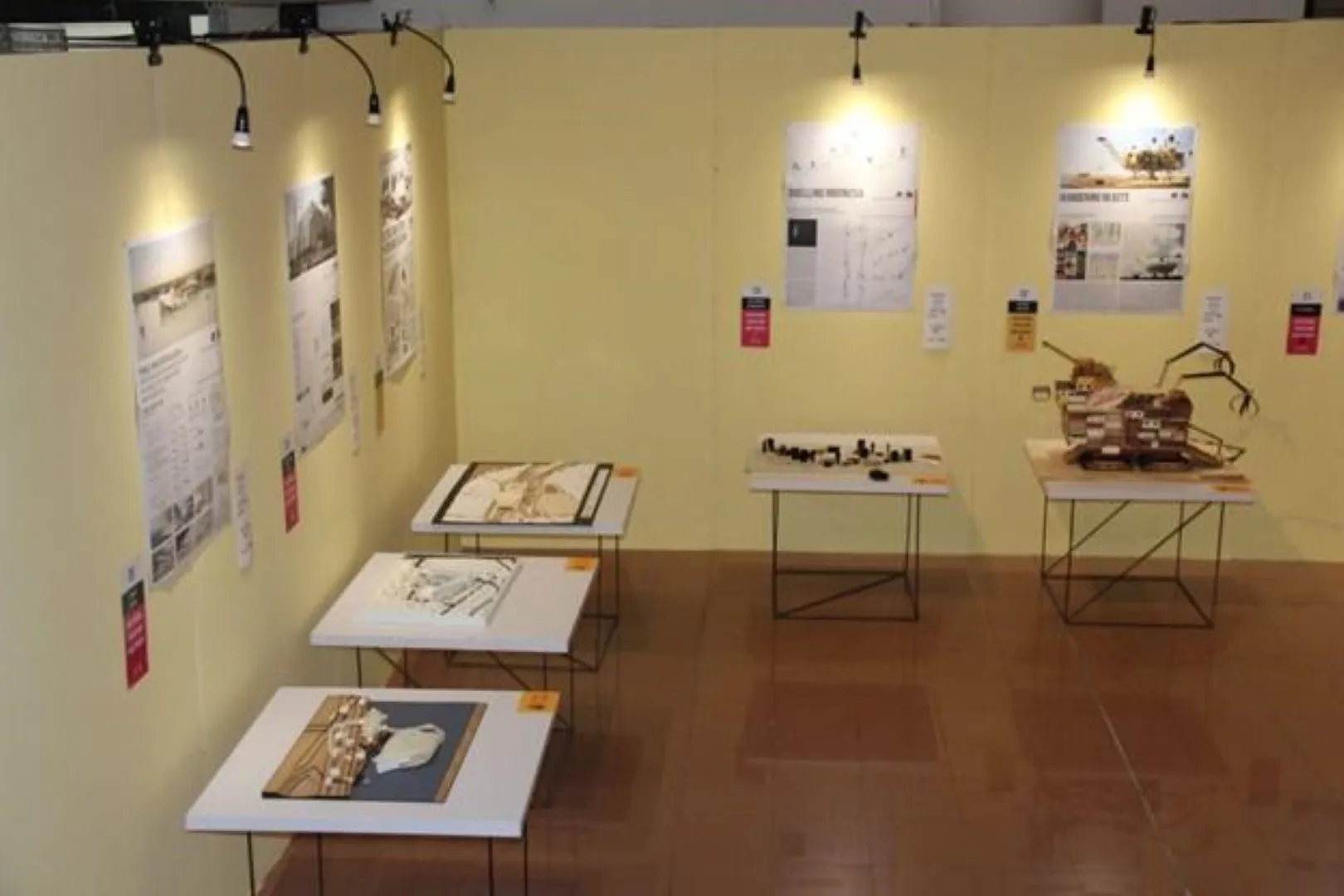Algae Bio-façade System
Innovating Integration for Sustainable Architectural Façade Design

Details
Method#
Climate: Responsive Design & Functional Features#
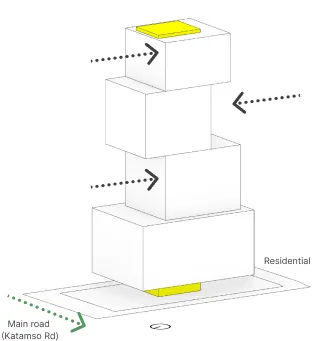
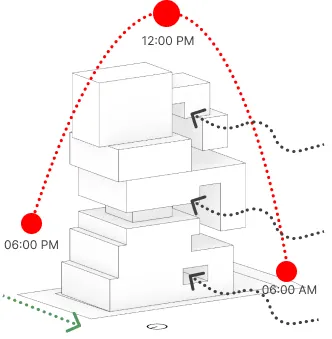
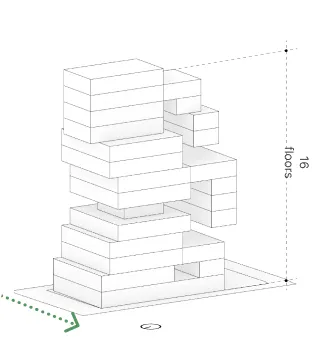
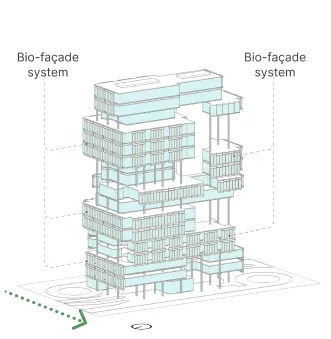
Facade Thermal Mapping & Algae Module Placement Optimization#
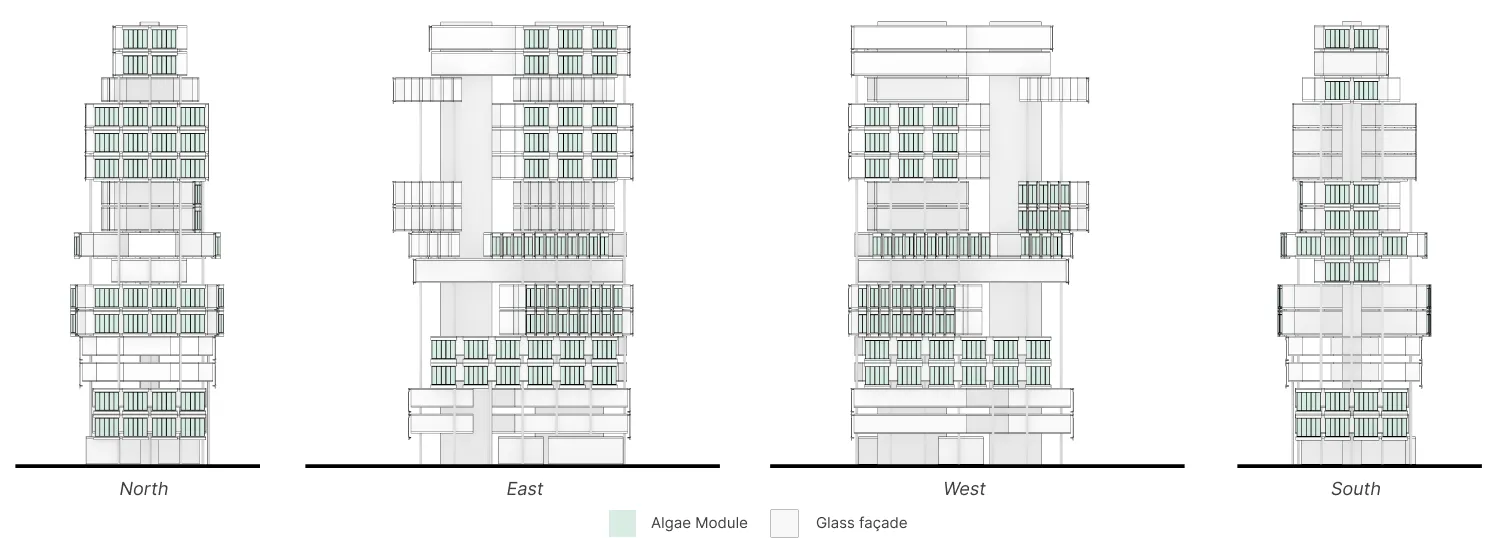
In this phase, mapping assessed thermal exposure for each facade section, crucial for simulating OTTV calculations. After determining OTTV values in the first [1] and second [2] simulations, the third simulation [3] identified optimal Algae module placement along solar path lines in Jakarta—specifically in the North, East, and South directions.
Biofaçade System: How the Façade System Works#

When the building is exposed to substantial sunlight, the density of algae increases, creating additional shade and contributing to the maintenance of thermal and visual comfort. In the algae module, three specific types are distinguished: Dark, Standard, and Light. The algae facade facilitates adaptive shading in response to sunlight. As the building receives more sunlight, the algae density grows, providing heightened shading that ensures ongoing thermal and visual comfort.
Simulation & Optimization#
Simulation 1 & 2#
| Simulation | Total Wall Conduction, Opening Conduction, Radiation through Total Openings (W) | Total Facade Area (m²) | OTTV (W/m²) |
|---|---|---|---|
| 1 | 646,473.46 | 13,121.71 | 49.27 |
| 2 | 387,014.93 | 13,121.71 | 29.49 |
| ⋮ | |||
| 3 | … | … | … |
Simulation 3: Algae#
| No. | Material (Opaque) | U Value (W/m²/K) |
|---|---|---|
| 1 | Bio-façade Algae | 1.19 |
| 2 | Bio-façade Algae AGC Comercial Low-E Glass 23 | 0.23 |
| 3 | Concrete Column | 1.72 |
| 4 | Brick | 2.22 |
